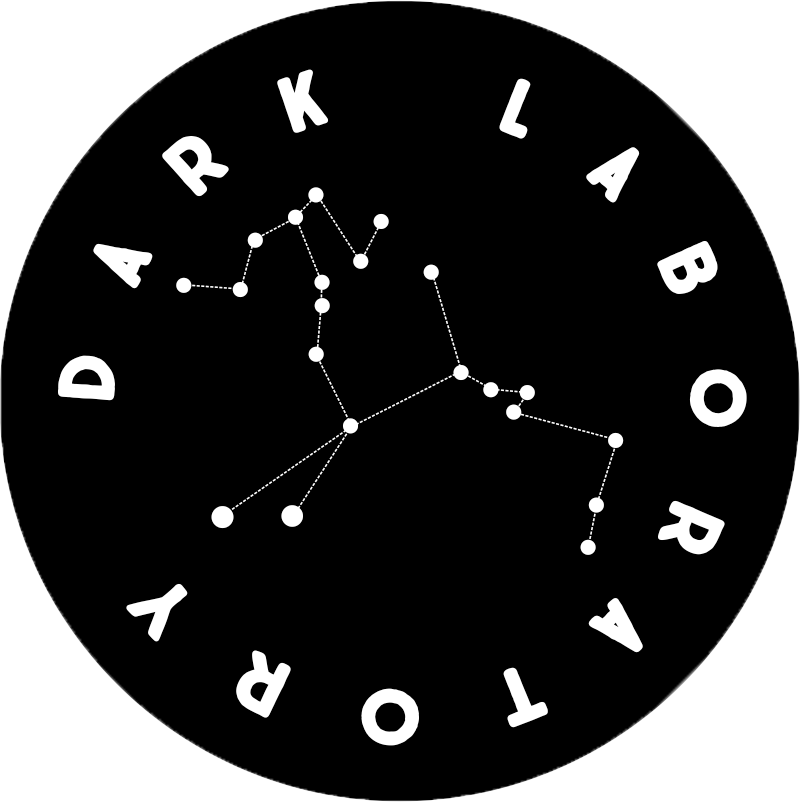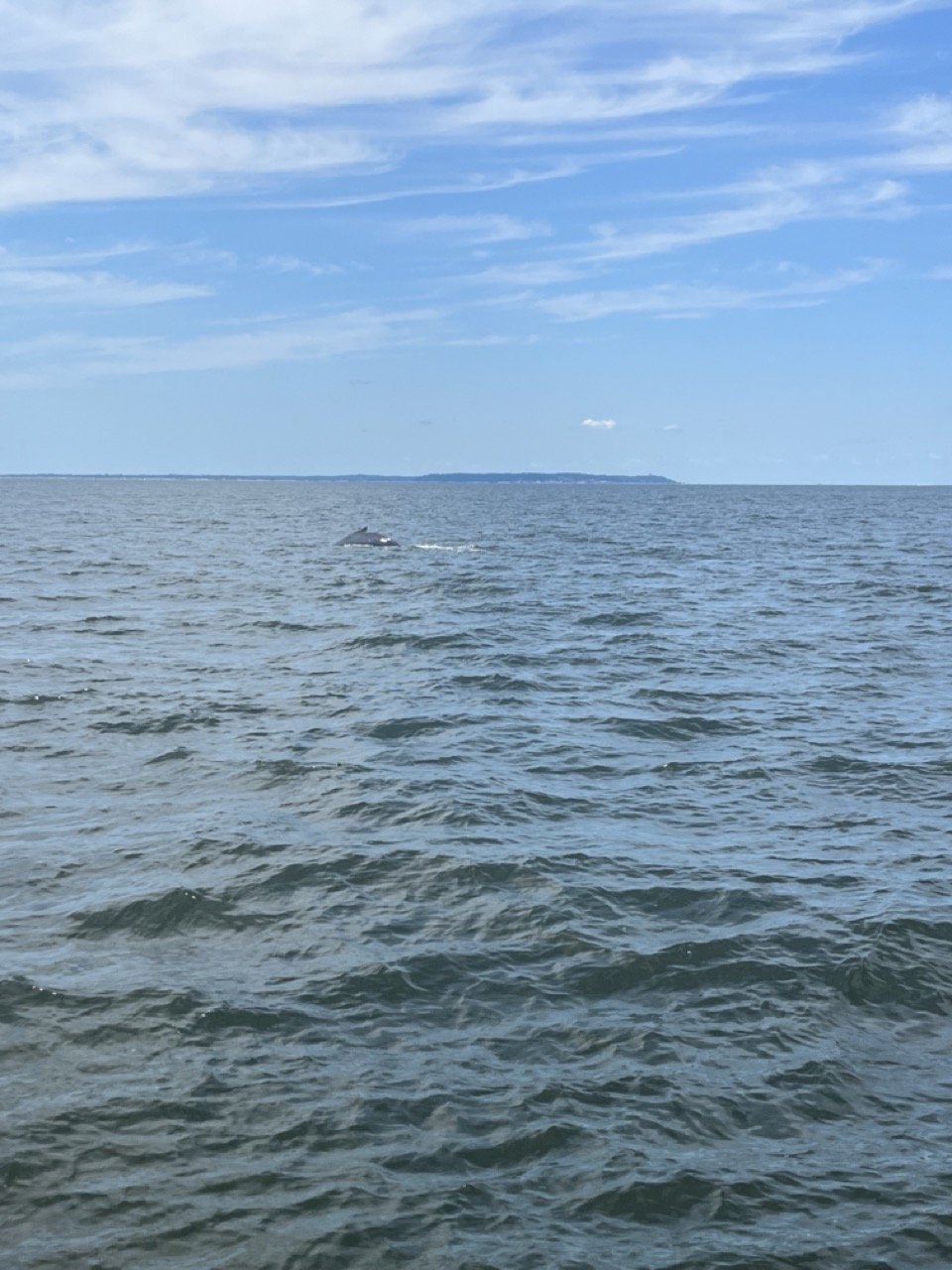Week 7 / 7/17-22, 2023
Kendall Greene
At the start of the week, Dr. Goffe and I visited Washington, D.C. I spent time with my family and attended events at the Library of Congress for their Digital Humanities conference. The event started with listening to the interns at the Library of Congress discuss the research that they were doing. I was intrigued by a student who was working with the “Born in Slavery: Slave Narratives from the Federal Writers' Project, 1936 to 1938” in the Library of Congress’s archives. She decided to trace how previously enslaved women styled and maintained their hair during slavery and after emancipation. Another student traced solidarities in posters and organizing between African and Asian diasporic people. Her exploration connected directly to the values of the Afro-Asia group, and I was introduced to more of our entangled histories.
After those presentations, we visited the National Museum of the American Indian for lunch and the United States Botanic Gardens. Once we returned to the library, I heard Maya Cade discuss her work with https://blackfilmarchive.com/ and the feminist ethos behind documenting tenderness. Dr. Goffe’s panel was about members of the AAPI community engaging with Digital Humanities. I learned about the solidarities existing between people of the continent, their discrepancies, and the innovative ideas educators were applying in their classrooms regarding identity.
At the end of the week, we went Whale Watching off of Pier 11 near Wall Street. For the first half of the excursion, we stared into a sea of blues and whites with the Manhattan skyline in the backdrop. After a seemingly endless stretch of time, we heard the loudspeaker announce that there was a whale sighting at that boat’s 11 o’clock. I bolted over, and we were able to see three whales. Two were swimming together, and we watched one of them poop and fertilize the water. A whale approached directly in front of the boat, and I could hear their cry and the splash of their tail. I almost jumped out of my skin while making pictures and videos.
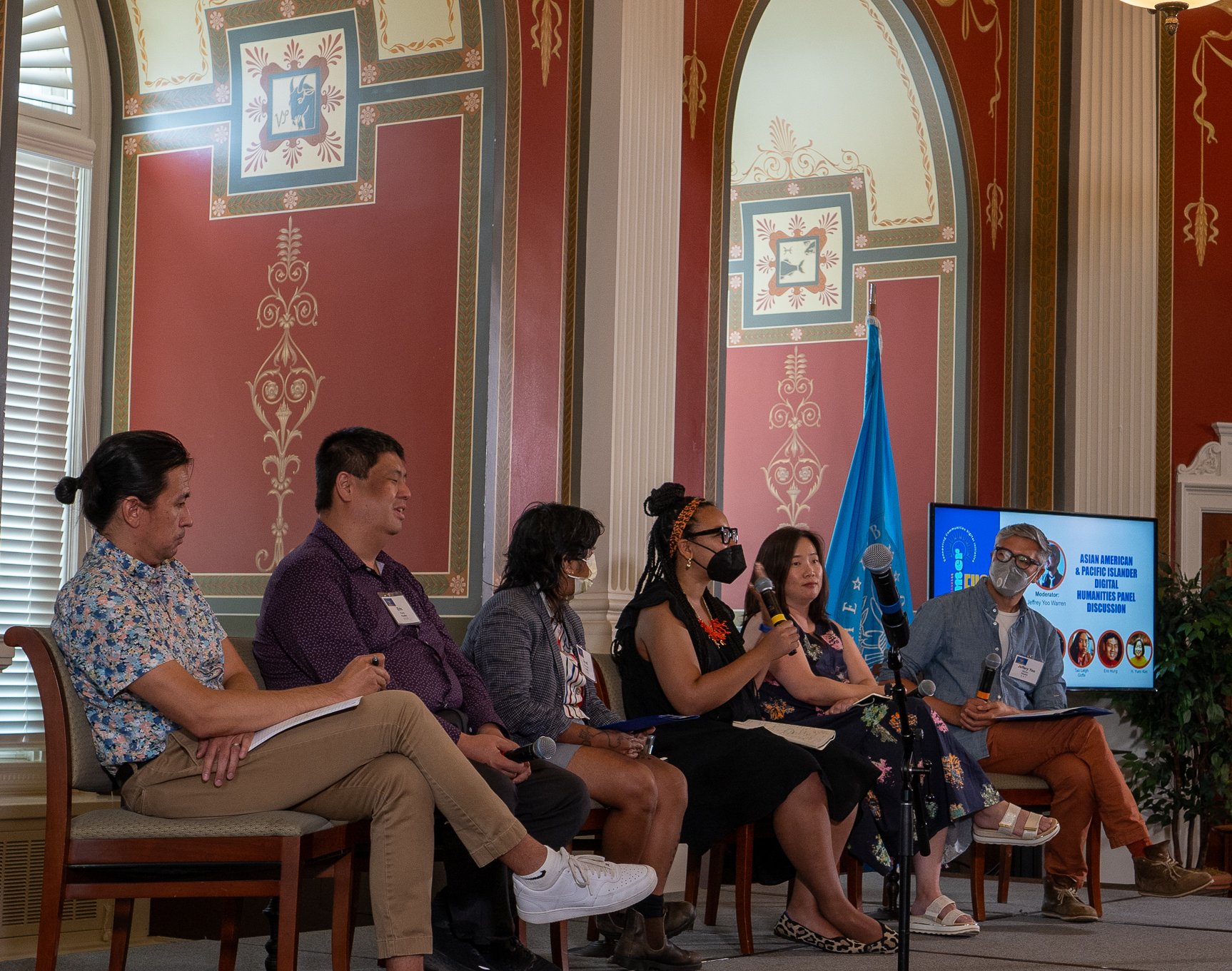
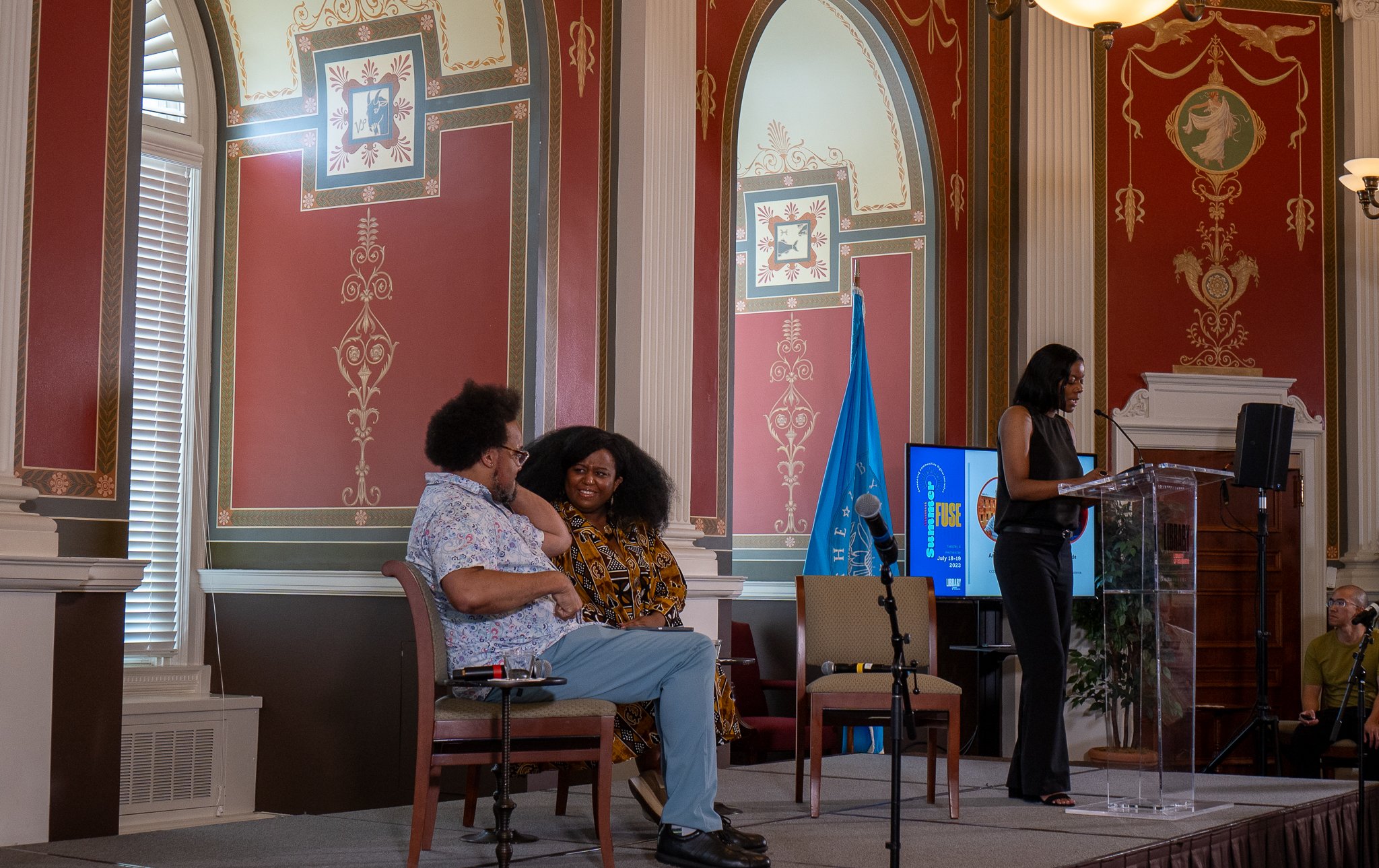

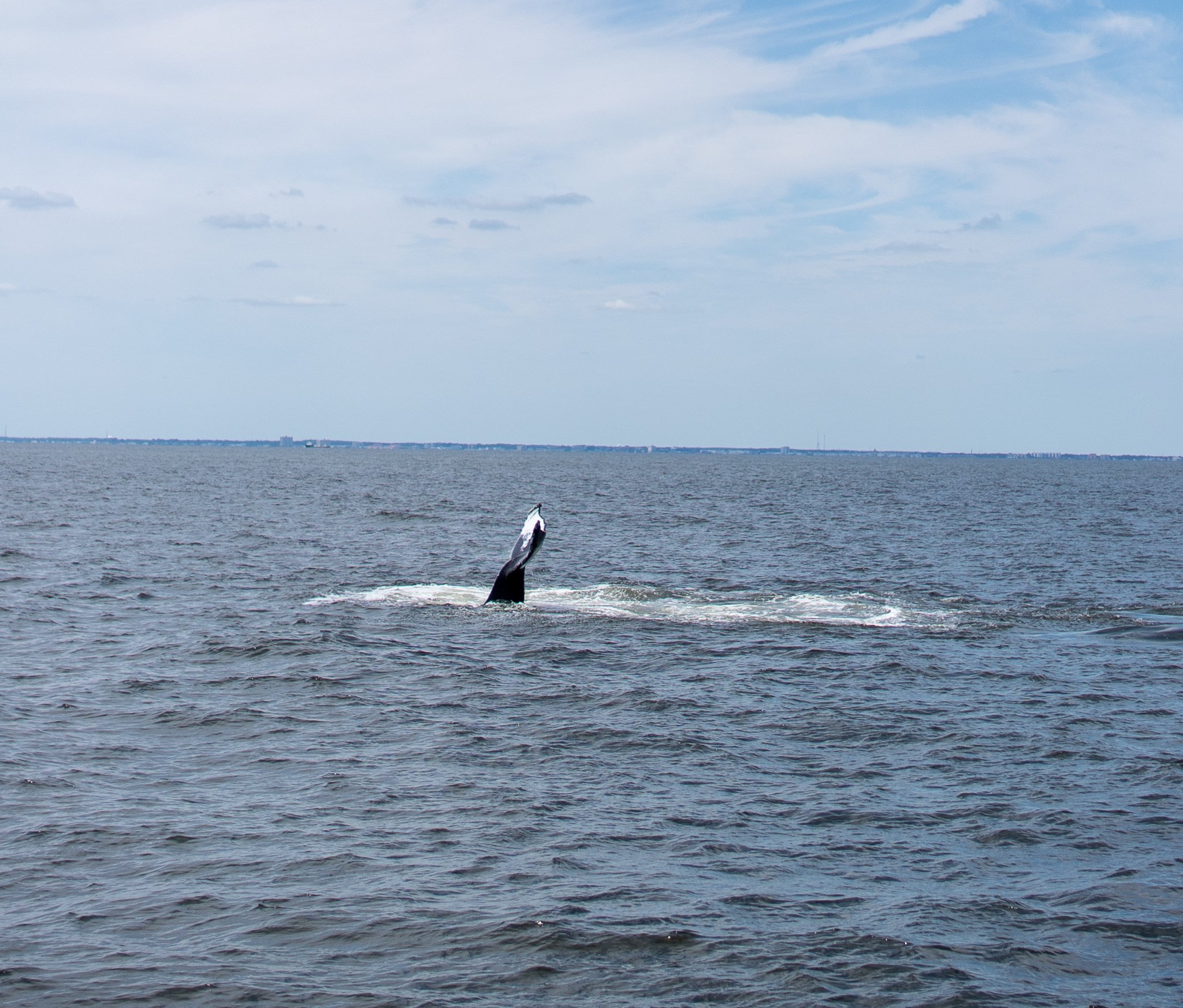
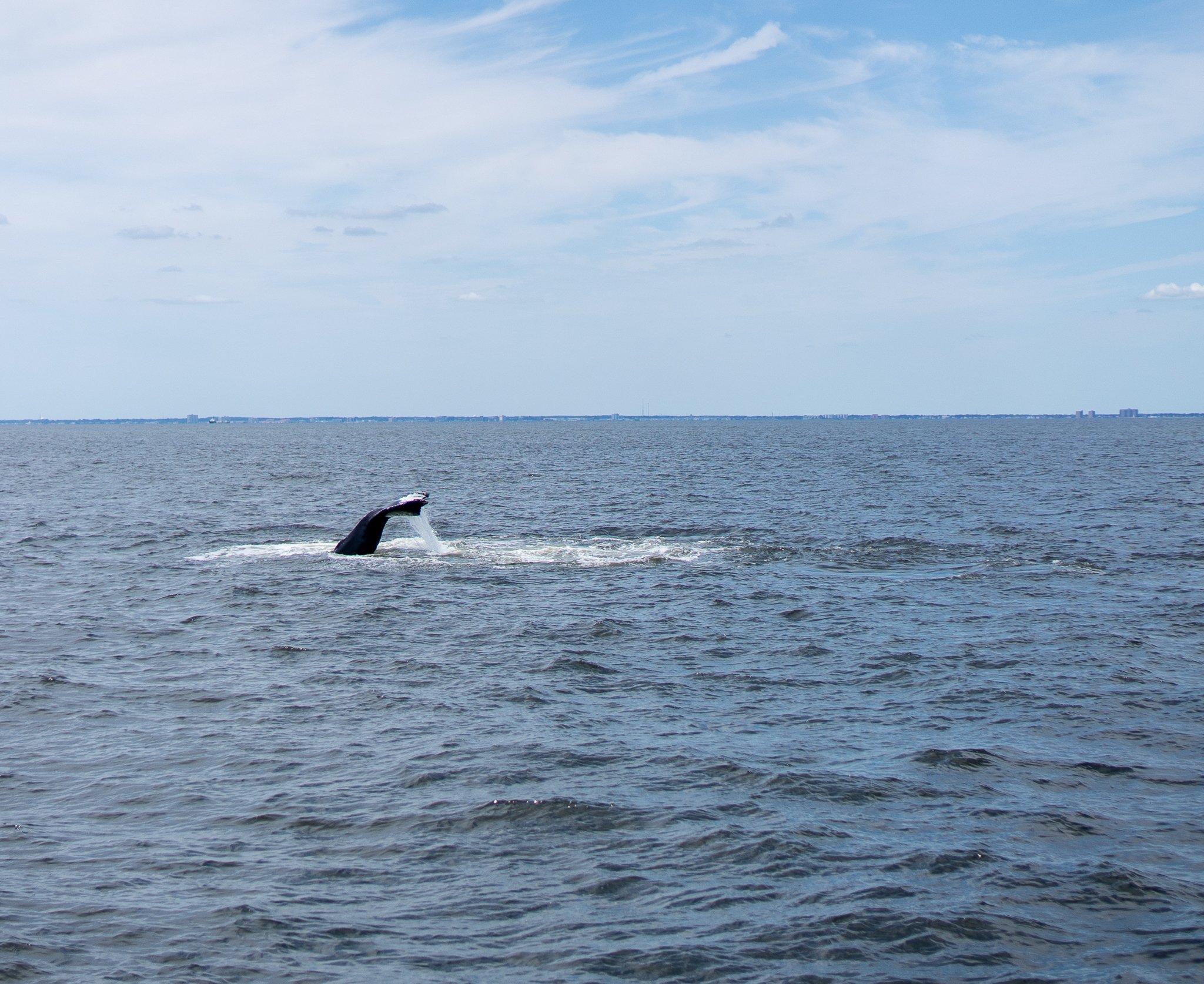
Ariana White
This week was my turn to facilitate the “Instagram takeover,” and I thoroughly enjoyed sharing aspects of my day and the work/ research I had accomplished for Dark Lab so far. It was a chance to engage with community outreach, communication, and share info in a concise yet creative way.
Dr. Goffe, Kendall, Maria, Celeste Layne, Monica Ramírez Bernal, and I took a trip to the Guggenheim Museum which was exhibiting art by Sarah Sze and Gego. We started at the top floor which culminated in a room meant to engage the senses with sporadic visuals and audio. In the center of the room was an assortment of natural and non-natural objects such as a computer, plants, books, strobe lights, and linear structures. This was a pattern across Sze’s work as she combined distinct shapes and lines with sand, crumpled paper, or moving visuals. Her work demonstrated chaos amongst structure and played with color and light, creating pieces each viewer wanted time and patience to grasp.
Gego contributed a similar style that focused more on the structure and strength of lines and points. Gego’s work was accompanied by her life story and took the viewer through a narrative as they walked down the museum’s unique architecture. Gego worked with multiple mediums, creating various pieces before moving on to the next. Gego wove paper and metal and painted shapes before dedicating time to her multidimensional wire work.
We ended the day with a visit to Massawa restaurant for some Ethiopian food and an AMA (“Ask Me Anything”) with Monica. We spoke about Monica’s educational experiences in both Mexico and NYC and discussed their differences and similarities as it pertains to academic freedom and exploration. I learned about Monica's experience as an international student who isn't allowed to acquire external work experience during her study.
Monica has also written a book titled The Ocean as Landscape that highlighted and examined the oceanic waters and the ocean floor as terrain, as opposed to uninhabitable and deadly water bodies. This mindset has allowed humans to see the ocean as a big black hole that we can dump our waste into and treat poorly. Monica recognized the benthic and pelagic organisms that thrive on the sea floor and described the ocean as part of our topography, forcing us to see the ocean instead as an assortment of thriving ecosystems.
Maria Aguirre
This Saturday, some members of the Lab and I embarked on an adventure to meet the large mammals that call the ocean their home – whales. As we set sail, I couldn’t help but think of the people who had been on these waters before us. The thousands of people hoping to catch sight of these beings, some of them hoping to kill them.
Carried by the rhythmic tides, a nervous energy gripped me. The ocean has its secrets, and whether or not a whale would reveal itself was uncertain. However, almost as a response to my yearning, a sense of excitement rippled through the crowd of people as a whale was spotted. Majestic and serene, the whales emerged, broke through the surface, and said hello. My nervousness melted into awe as we watched the whales swim around us.
As they traveled through the expanse of the ocean, I felt a profound sense of gratitude to witness a moment of these creatures’ timeless existence. This summer the work that I have seen with the Dark Lab has made me consider the vessels of knowledge that exist on the earth. Without a doubt, whales have been witnesses to the horrors that have occurred throughout the Atlantic Ocean and have been victims of abuse. I am grateful to the whales and to the sea for the life that they breed.
